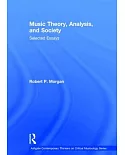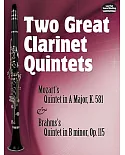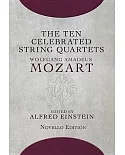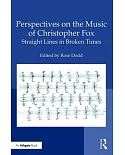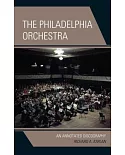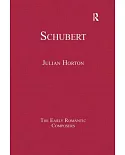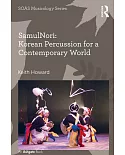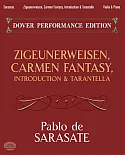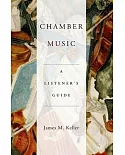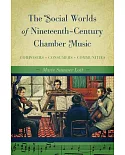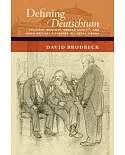This was the 1st composition An-lun Huang composed as he had been in the North America to continue his education since 1980. In this work, the homesick with the feeling of the new environment ,
the Chinese tradition he kept with the brand new experience of the Western modern music he learned, they all impacted together here and left some deep traces. Nevertheless, the character of
Huang’s music was not changed by the Western culture, on the contrary, his Chinese style has been raised up to a new level. He dedicated this trio to his close friends, the Canadian Authors
John Fraser and Elizabeth MacCallum. As the pianist, he premiered this new work with cellist Li-ke Chang and violinist Xiao-hong Fu, the musicians of the Montreal Symphony, in Toronto the
summer of 1981. In a short time, this trio has been wildly performed and warmly received because of its rich Chinese style, sincere emotion, strong and dramatic structure , deep and beautiful
melody. To counter the tendency of the"total serialism" of the Western contemporary music, the critic of the "Toronto Globe and Mail" (the major newspaper of the city) wrote enthusiastically :"
Huang’s music from the heart." And the major music magazine, "Canadian Music", strongly pointed out that "(Huang’s music)opens ) A NEW ERA !" The People’s Music has published this trio in the
80’s. As one of the Chinese master pieces of the past 100 years, it has been selected by a major state music publishing program in China, 2013.This piano trio, in three movements, is structured
in a traditional sonata format. The first movement, Andante, Allegro, is stroked by a strong, dramatic introduction. It’s followed by a powerful sonata-allegro which expresses a kind of
indomitable spirit. Through a intensive contrapuntal development, its delicate, meditative motive then becomes a rousing long roar. Expressing the composer’s most conceal soliloquy, the second
movement, Moderato, begins with a chain of meditative descending groups of notes. This emotion of melancholy homesick is ends on a deep sigh ,then quietly it’s extended to the final movement.
The third movement , Allegro, is a sonata rondo. The simple and unadorned theme of the the exposition sound’s like a childers’s folk rhymes taught by grandma; and the string’s long melodic line
accompanied by the piano’s broken chords reminds some scene of the spray from hometown’s pond. The music becomes a best whish to the composer’s native land by the brilliant end of the trio.


